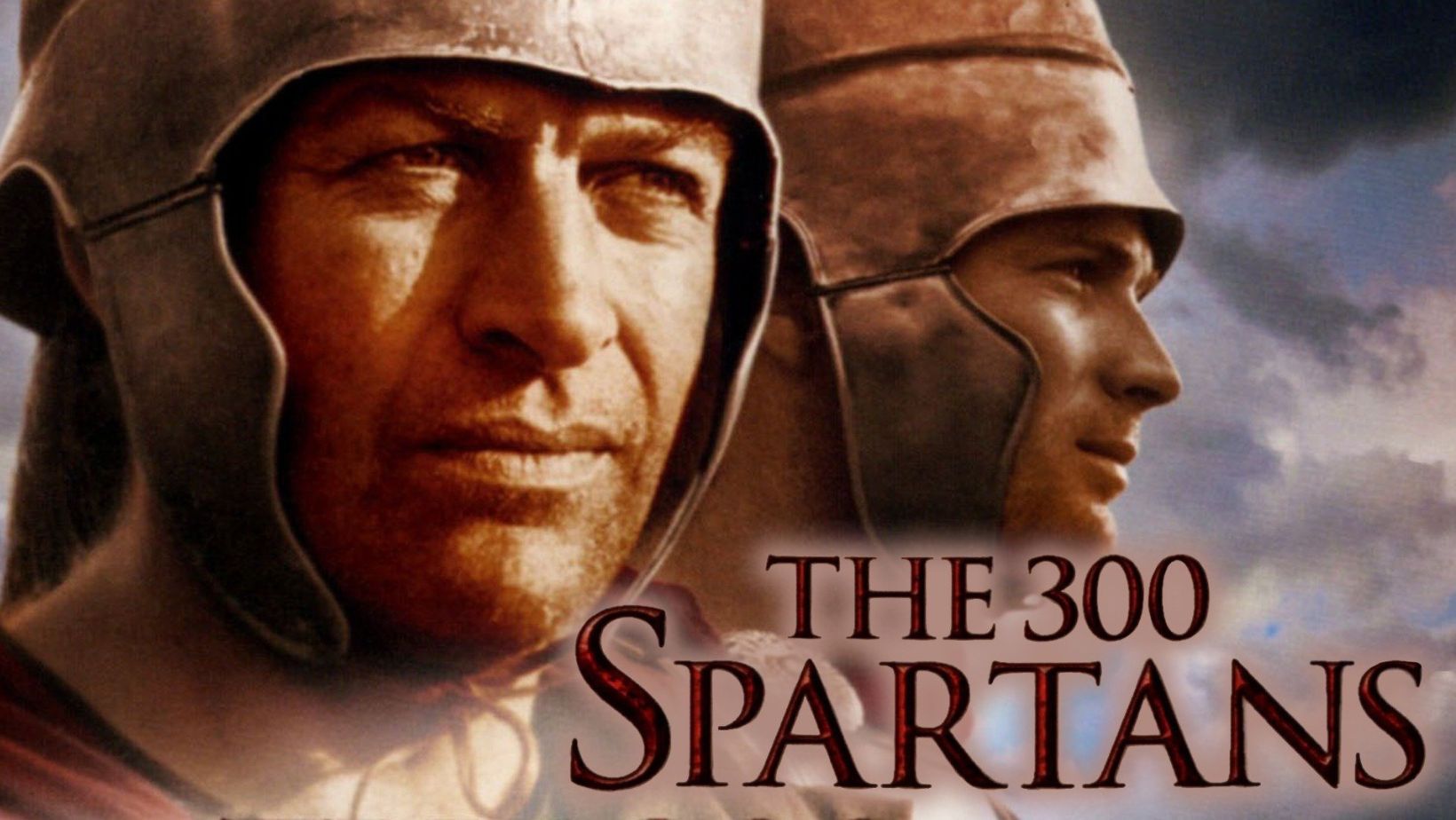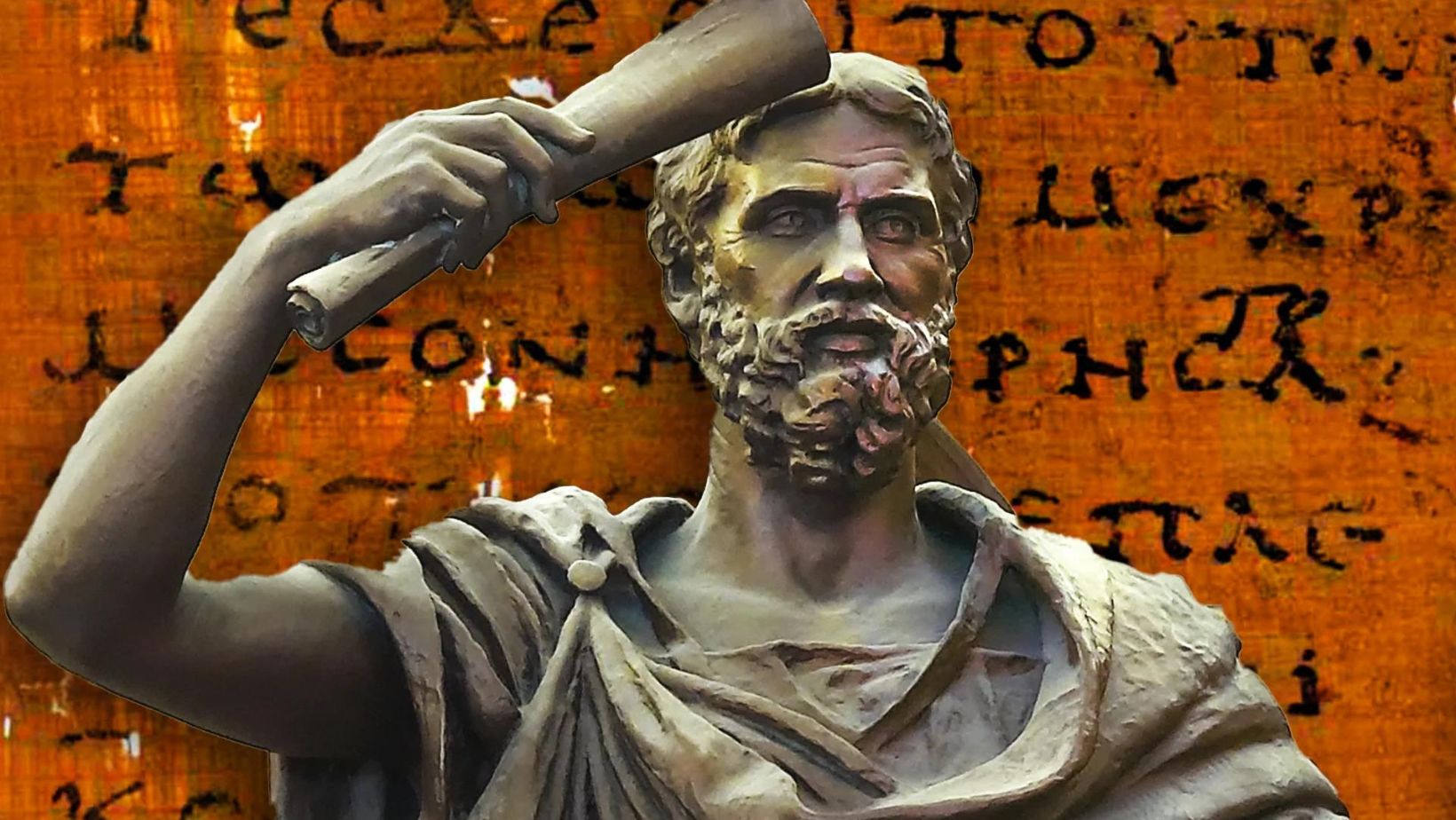Ever wondered if Hollywood got it right with King Leonidas and his legendary stand at Thermopylae? The Historical accuracy of 300 movie has sparked debates among history buffs and film fans alike. It’s a tale that blends myth, legend, and some facts – but where does one draw the line? In an era when email marketing boasts a whopping average ROI of 3800%, just as surprising is how much (or little) “300” aligns with actual historical events. Let’s peel back layers of cinematic flair to uncover what truly happened.
Table of Contents:
- The Real 300 Spartans: Separating Fact from Fiction in the Movie
- Portrayal of the Spartan Society and Culture
- Depiction of the Persian Empire and Xerxes
- Accuracy of the Battle Scenes and Military Tactics
- Exploring the Historical Sources and Their Reliability
- Conclusion
The Real 300 Spartans: Separating Fact from Fiction in the Movie

The action-packed film 300 is based on the 480 BC Battle of Thermopylae. It depicts King Leonidas and his 300 Spartan warriors fighting to the death against King Xerxes’ massive Persian army.
While the movie is visually stunning and emotionally gripping, it takes some artistic liberties with historical facts. Let’s separate the fact from the fiction.
The Real Battle of Thermopylae: Historical Accuracy of 300 Movie
The Battle of Thermopylae was a real event that took place in 480 BC during the second Persian invasion of Greece. The Spartan army, led by King Leonidas, fought heroically against the much larger Persian forces led by Xerxes.
The Spartans held the narrow pass at Thermopylae for three days, allowing the Greek army time to prepare defenses. Though all 300 Spartans died, they took many Persians with them and became legends.
Artistic Liberties Taken in the Movie
The movie 300 is based on Frank Miller’s graphic novel, which prioritizes stylization over historical accuracy. Director Zack Snyder brought this artistic vision to life on screen.
The Spartans are shown fighting in loincloths and capes, which is not historically accurate battle gear. The film also exaggerates the monstrous appearance of the Persian army for dramatic effect.
Comparing the Movie to Historical Accounts
While 300 captures the essence and bravery of the real Battle of Thermopylae, it’s not a documentary. The filmmakers admit to taking creative license to craft a visually striking, emotionally compelling movie.
However, the film does get some key facts right, like the Spartans’ use of the phalanx formation and the topography of the battlefield. While not a history lesson, 300 is a rousing tribute to the Spartan warriors’ legend.
Portrayal of the Spartan Society and Culture: Historical Accuracy of 300 Movie
The movie 300 immerses us in the warrior culture of ancient Sparta. But how much of this portrayal is grounded in historical fact? Let’s take a closer look.
The Spartan Way of Life
Sparta was a militaristic society that valued discipline, obedience, and physical fitness above all. Male Spartan citizens underwent rigorous military training from a young age and served in the army until age 60.
While the movie exaggerates some aspects of Spartan life for dramatic effect, like the infamous “pit of death” scene, it does capture the essence of their warrior ethos and commitment to martial excellence.
Training and Discipline of Spartan Warriors
Spartan boys left home at age 7 to begin the “agoge” – a strict education and training regimen. They learned to fight, endure pain, and survive in harsh conditions. Weakness was not tolerated.
The movie shows Leonidas and his fellow Spartans as highly disciplined, fearless warriors – a product of their lifelong training. While some details may be embellished, this depiction aligns with historical accounts of Spartan military prowess.
Role of Women in Spartan Society: Historical Accuracy of 300 Movie
Compared to other Greek city-states, Spartan women had more freedom and influence. They could own property, received education, and were encouraged to stay fit to produce strong offspring.
Queen Gorgo, a central character in 300, reflects this empowered status. Though her role is fictionalized, her strength and cunning echo historical descriptions of Spartan women as “the only women in the world who could rule men.”
Depiction of the Persian Empire and Xerxes: Historical Accuracy of 300 Movie
In the movie 300, the Persian Empire is portrayed as a vast, opulent realm ruled by the god-king Xerxes. How accurate is this depiction, and what do historical sources tell us?
Historical Representation of the Persian Empire
The Persian Empire was indeed a massive, powerful entity that conquered many lands. However, 300 presents a somewhat caricatured version, with the Persians depicted as decadent, exotic, and cruel.
Historical records suggest a more nuanced reality. The Persians were known for their efficient bureaucracy, religious tolerance, and impressive infrastructure like the Royal Road. The movie’s portrayal leans more towards sensationalism than accuracy.
Xerxes as a Character in the Movie: Historical Accuracy of 300 Movie
In 300, Xerxes is presented as a towering, bejeweled god-king who demands total submission. This portrayal is heavily stylized and exaggerated for dramatic effect.
The real Xerxes, while a powerful ruler, was not the giant portrayed in the film. He was a Persian king, not a god, and his motivations for invading Greece were likely more complex than mere megalomania.
Contrasting the Movie’s Portrayal with Historical Records
Historical sources like Herodotus’ Histories offer a more balanced view of the Persian Empire and its rulers. They were a formidable force, but not the one-dimensional villains shown in 300.
The movie’s depiction of the Persians as exotic, effeminate, and barbaric “others” says more about modern stereotypes than historical reality. It’s important to approach such portrayals critically and consult reliable sources for a more accurate picture.
Accuracy of the Battle Scenes and Military Tactics: Historical Accuracy of 300 Movie
The movie 300 is famous for its stylized, hyper-violent battle scenes. But how closely do these scenes mirror actual ancient Greek warfare? Let’s break it down.
Realistic Depiction of Hoplite Warfare
Hoplites were heavily armed Greek infantry who fought in close formation known as the phalanx. The Spartans were renowned for their skill and discipline as hoplite warriors.
300 does a fair job of depicting the basics of hoplite combat, with the Spartans fighting in formation with shields, spears, and swords. However, the film takes many liberties with the details for the sake of visual flair and excitement.
Strategies Employed by the Spartans
In the movie, the Spartans use the narrow terrain of Thermopylae to their advantage, funneling the Persians into a tight space where their superior numbers count for less. This strategy is consistent with historical accounts.
However, 300 also shows the Spartans breaking formation for dramatic one-on-one duels, which would be highly unlikely in real hoplite warfare. The strength of the phalanx relied on maintaining a cohesive formation.
Artistic Liberties in Battle Sequences: Historical Accuracy of 300 Movie
The battle scenes in 300 are heavily stylized, with slow-motion effects, exaggerated gore, and superhuman feats of strength. While visually impressive, these elements are not realistic depictions of ancient combat.
The film also includes fantastical elements like monstrous war rhinos and elephants, which were not actually used in the Battle of Thermopylae. These creative embellishments prioritize spectacle over historical accuracy.
Exploring the Historical Sources and Their Reliability: Historical Accuracy of 300 Movie
When evaluating the historical accuracy of a movie like 300, it’s crucial to consider the reliability of the ancient sources it draws from. Let’s dive into the key sources and their limitations.
Herodotus as the Primary Source

The main historical account of the Battle of Thermopylae comes from the ancient Greek historian Herodotus, often called the “Father of History.” His work, The Histories, provides most of what we know about this event.
However, Herodotus wrote about the battle some 50 years after it occurred, and his account likely includes embellishments and inaccuracies. For example, his claim that the Persians numbered over a million is almost certainly an exaggeration.
Other Historical Accounts of the Battle: Historical Accuracy of 300 Movie
Other ancient writers like Diodorus Siculus and Plutarch also mention the Battle of Thermopylae, but their accounts are more limited and come centuries after the event. They largely follow Herodotus’ narrative with some variations.
Archaeological evidence, such as the remains of weapons and armor found at the battle site, can provide additional insights. However, this evidence is fragmentary and open to interpretation.
Limitations and Biases in Ancient Sources
Ancient historical sources come with inherent limitations and biases. Writers like Herodotus often relied on oral traditions, second-hand accounts, and their own cultural perspectives.
The Spartans were also known for their secrecy and propaganda, which could have influenced how their deeds were recorded and remembered. It’s important to approach these sources critically and cross-reference them when possible.
Ultimately, while ancient accounts provide valuable insights, they don’t give us a perfect, objective record of events. Movies like 300 that draw from these sources must be viewed as interpretations rather than strict historical reenactments.
Key Takeaway: Historical Accuracy of 300 Movie
While 300 captures the spirit of Spartan bravery, it takes creative liberties with history for dramatic effect. The movie mixes fact and fiction, from Spartan culture to Persian portrayal, making it more a visually stunning epic than an accurate historical record.
Conclusion: Historical Accuracy of 300 Movie
The journey through the historical accuracy of 300 movie reminds us that stories from our past are often more complex than cinema can capture. While Zack Snyder’s rendition brought Sparta’s finest hour to life with unmatched zeal, it also wove in threads far removed from recorded history. But here lies its beauty; for within these embellishments lie not deception but rather an invitation to explore deeper. To question, learn, and perhaps understand that our grasp on history is shaped by countless retellings – each adding its own hue to the tapestry.
In closing, while “300” may play fast and loose with facts, let us not forget it serves as a bridge connecting viewers across time with ancient Spartans who defied odds for freedom’s sake.

